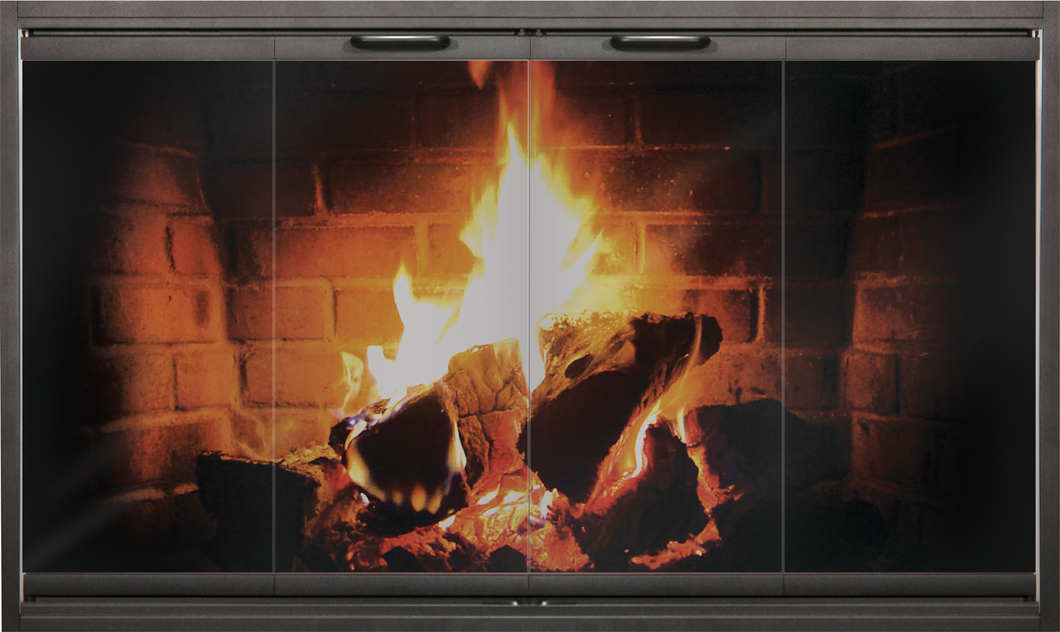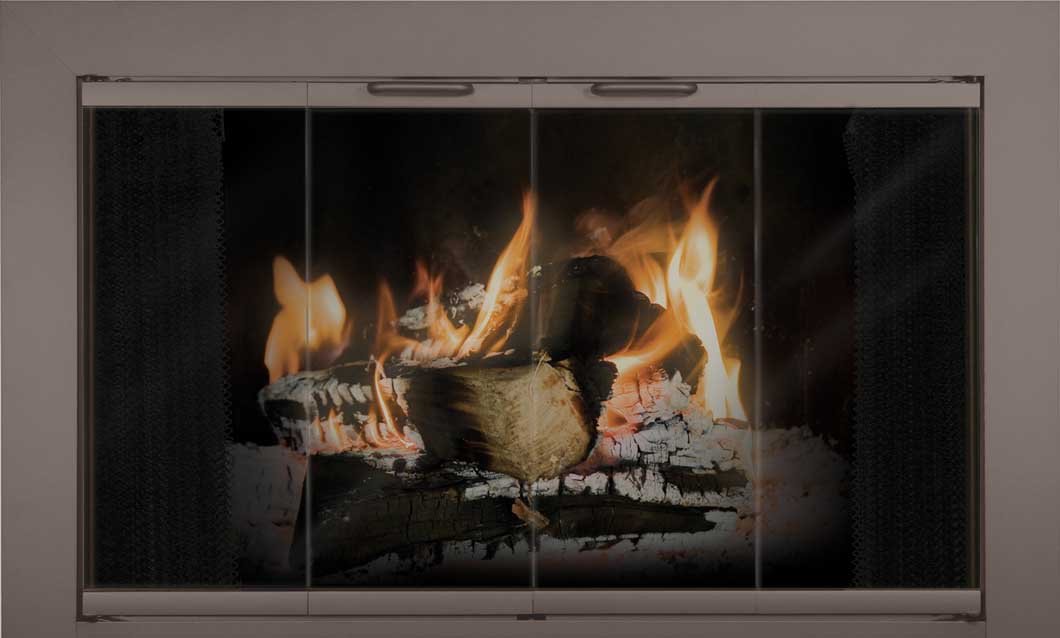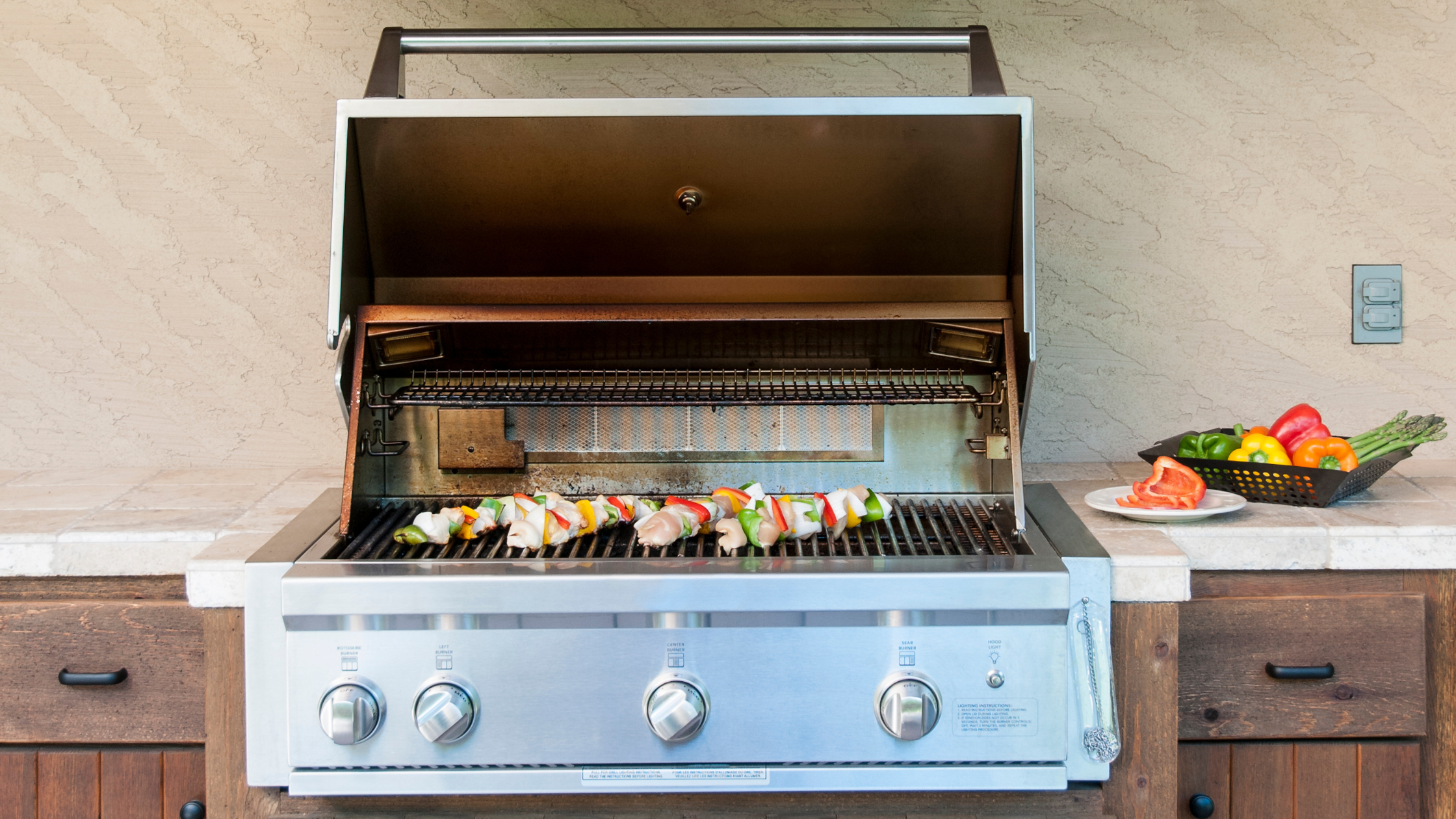Enhancing Your Fireplace with Stylish Glass Doors
Fireplaces have been the heart of our homes for centuries, providing warmth, comfort, and a sense of coziness. Yet, as we strive to create spaces that are both stylish and functional, the traditional open fireplace has evolved. One way to enhance your fireplace, both in terms of style and functionality, is by adding glass doors. In this blog post, we will explore how glass doors can transform your fireplace into a focal point of your home while providing practical benefits like increased energy efficiency and safety.
The Stylish Touch
Aesthetic Elegance: The first thing you'll notice after adding glass doors to your fireplace is the immediate enhancement of its aesthetics. These doors come in a variety of styles, finishes, and designs, allowing you to choose the perfect match for your decor. Whether you prefer a classic, rustic look or a sleek, modern design, there's a glass door to complement your style.
Framing the Flames: Glass doors effectively frame the dancing flames within your fireplace, making them more prominent and captivating. They create a visual focal point that draws the eyes, creating a warm and inviting atmosphere.
Reflective Beauty: Glass doors possess a reflective quality that can help bounce light around the room, making it appear more spacious and inviting. In smaller spaces, this effect is particularly valuable, adding depth and dimension to your living area.
Functionality and Safety
Improved Insulation: Beyond their aesthetic appeal, glass doors offer essential functional benefits. They act as a barrier between your home and the chimney, preventing drafts and cold air from entering your living space. This added insulation can significantly enhance energy efficiency and reduce heating costs.
Enhanced Safety: Glass doors serve as a protective shield, keeping embers and sparks contained within the fireplace. This safety feature is especially crucial in homes with children or pets, as it reduces the risk of accidents and potential damage.
Smoke Control: Glass doors help control the flow of smoke, ensuring that it is directed up the chimney instead of entering your home. This is particularly valuable in preventing indoor air pollution and maintaining clean, breathable air.
Professional Installation Matters
Precise Measurements: Accurate measurements are crucial for a proper fit when installing glass doors on your fireplace. One common pitfall of DIY installations is imprecise measurements, which can lead to doors that don't fit snugly. Professional technicians have the experience and tools to ensure precise measurements, eliminating guesswork.
Proper Alignment: Installing glass doors requires precise alignment to ensure they open and close smoothly. An improperly aligned door can be frustrating to use and may not seal effectively, reducing its energy-saving benefits. Professional installers guarantee proper alignment, ensuring functionality and aesthetics.
Compliance with Safety Standards: Fireplace technicians are well-versed in safety standards and local building codes. They ensure that your glass doors meet all necessary safety regulations, providing peace of mind that your installation adheres to the highest safety standards.
Adding glass doors to your fireplace is a remarkable way to elevate both its style and functionality. These doors introduce an element of elegance to your living space while offering insulation, safety, and enhanced energy efficiency. However, it's crucial to remember that the key to maximizing these benefits lies in professional installation. Trained fireplace technicians have the expertise to take accurate measurements, ensure precise alignment, and guarantee compliance with safety standards. By trusting the experts, you can enjoy a fireplace that not only looks stunning but also performs flawlessly, creating a warm and inviting atmosphere in your home.








